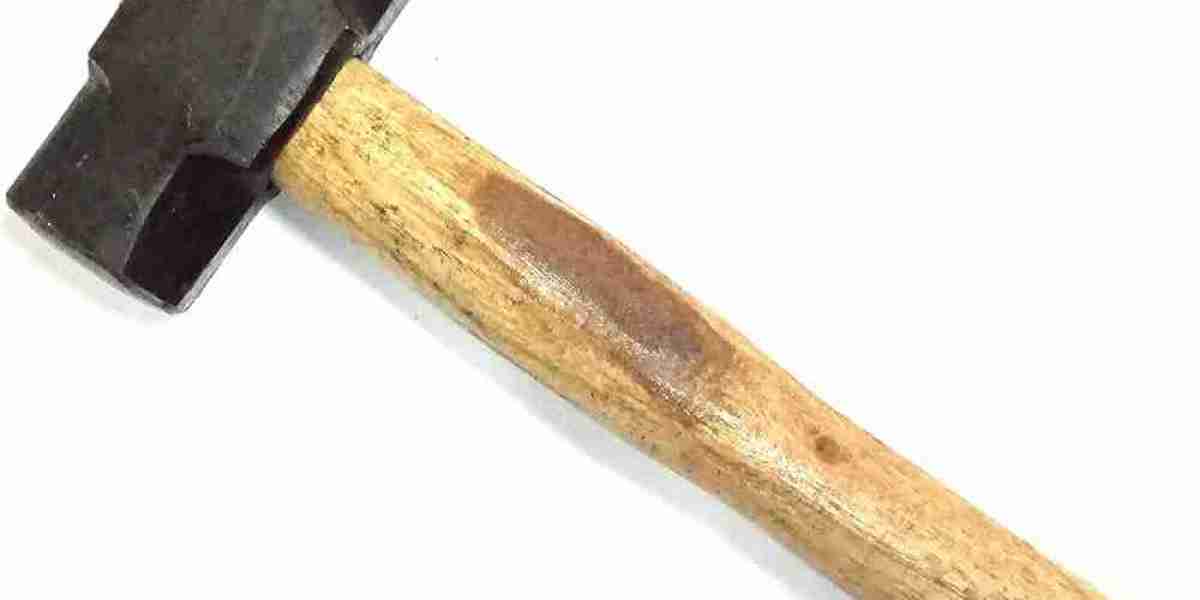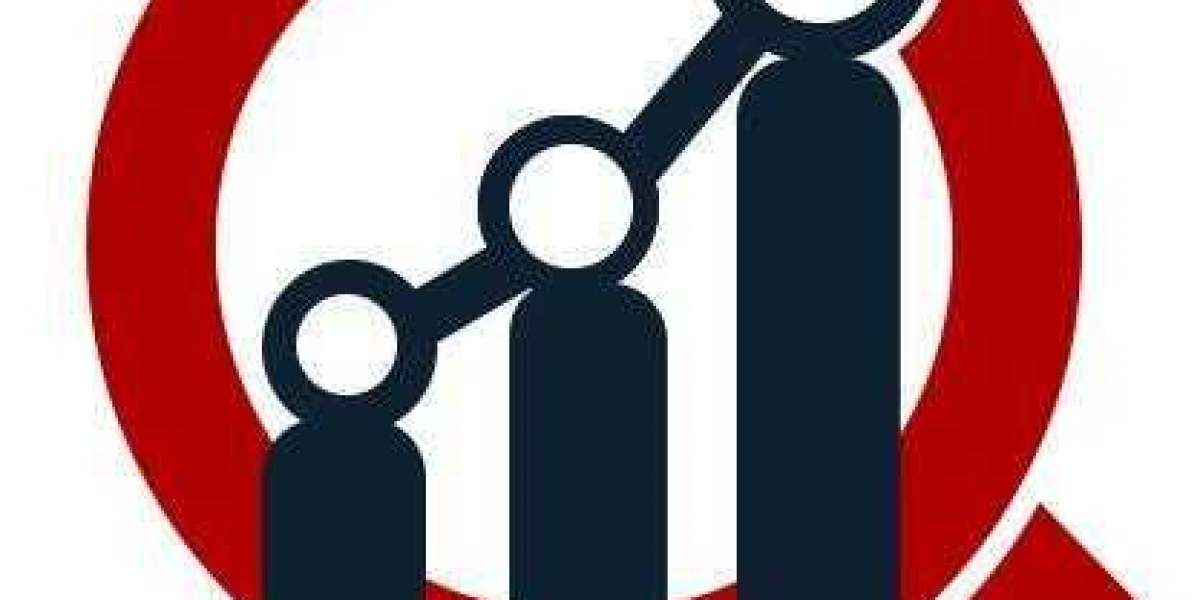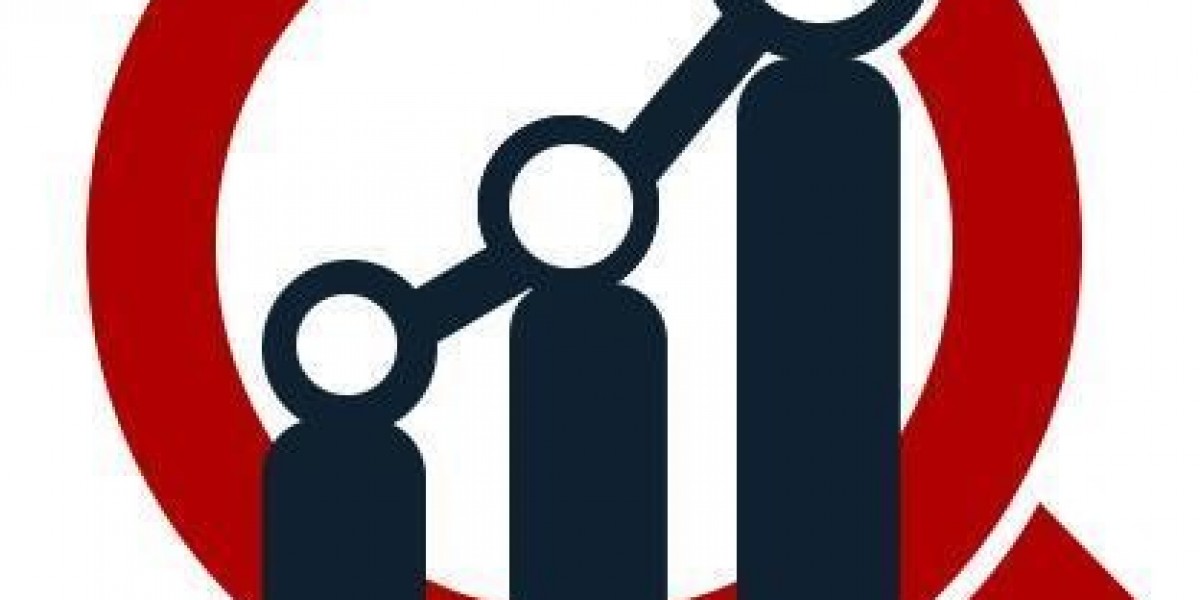Introduction: In the realm of tools, few are as iconic and indispensable as the humble hammer. From the earliest days of human civilization to the present day, the hammer has been a symbol of craftsmanship, ingenuity, and sheer force, shaping the world around us with each precise strike. Whether used by ancient artisans to craft intricate metalwork or modern construction workers to build towering skyscrapers, the hammer's impact on human history and progress cannot be overstated. Join us as we explore the fascinating history, evolution, and enduring legacy of the hammer—a tool that has left an indelible mark on civilization one strike at a time.
Chapter 1: An Ancient Tool, Timeless Symbol The history of the hammer can be traced back thousands of years to ancient civilizations such as Mesopotamia, Egypt, and China, where early artisans and craftsmen fashioned primitive hammers from stone, wood, and bone. These early hammers were used for a variety of tasks, from shaping metal and stone to driving nails and stakes, laying the foundation for the development of more sophisticated hammer designs in the centuries to come. Throughout history, the hammer has been revered as a symbol of strength, craftsmanship, and authority, appearing in myths, legends, and religious iconography around the world.
Chapter 2: The Evolution of Hammer Design As human civilization advanced, so too did the design and functionality of the hammer. In ancient Rome, iron hammers with metal heads and wooden handles were commonly used by blacksmiths, carpenters, and builders to construct roads, buildings, and monuments that still stand today. During the Middle Ages, the invention of the claw hammer—a hammer with a curved claw on one end for removing nails—revolutionized construction and carpentry, making it easier and more efficient to build and repair structures. In the industrial era, the advent of mass production and mechanization led to the development of specialized hammers for specific tasks, such as ball-peen hammers for metalworking and sledgehammers for heavy-duty demolition work.
Chapter 3: The Hammer in Modern Industry Today, hammers are used in a wide range of industries and applications, from construction and manufacturing to woodworking, metalworking, and beyond. In construction, hammers are essential tools for framing, roofing, and finishing projects, with pneumatic and electric-powered hammers used for heavy-duty tasks like concrete demolition and drilling. In manufacturing, hammers are used to shape and form metal parts, while in woodworking, they're used to drive nails, chisels, and other fasteners with precision and control. With the advent of advanced materials and technology, modern hammers are lighter, more ergonomic, and more efficient than ever before, enabling workers to tackle complex tasks with ease and precision.
Chapter 4: Symbolism and Cultural Significance Beyond its practical utility, the hammer holds a special place in human culture and symbolism, representing strength, craftsmanship, and resilience. In many cultures, the hammer is associated with creation and transformation, symbolizing the power to build, shape, and mold the world around us. In Norse mythology, the god Thor wields a mighty hammer known as Mjölnir, which is said to have the power to create thunder and lightning. In modern times, the hammer has become a symbol of industry, labor, and the working class, with images of hammers often used in political and social movements to represent solidarity, unity, and strength in the face of adversity.
Chapter 5: The Future of Hammer Technology As technology continues to evolve, so too will the design and functionality of the hammer. Advances in materials science, robotics, and automation are paving the way for new innovations in hammer technology, such as smart hammers equipped with sensors and data analytics capabilities that provide real-time feedback on force, impact, and performance. Additionally, the integration of hammers with augmented reality and virtual reality systems is enabling workers to visualize and simulate complex tasks before they're executed, reducing errors and improving efficiency on the job site.
Conclusion: In conclusion, the hammer is far more than just a tool—it's a symbol of human ingenuity, craftsmanship, and resilience that has shaped civilization for millennia. From its ancient origins to its modern-day incarnations, the hammer has been a constant companion in the hands of builders, artisans, and laborers around the world, leaving an indelible mark on the world we inhabit. As we look to the future, let us continue to honor the legacy of the hammer and embrace the endless possibilities of innovation and progress it represents, forging a brighter, more resilient future for generations to come.







